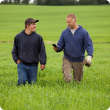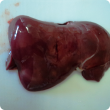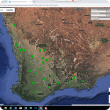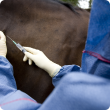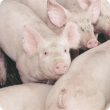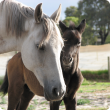Filter by regions:
- (-) Remove Gascoyne filter Gascoyne
- Great Southern (213) Apply Great Southern filter
- South West (213) Apply South West filter
- Peel (210) Apply Peel filter
- Mid West (209) Apply Mid West filter
- Wheatbelt (188) Apply Wheatbelt filter
- Goldfields-Esperance (184) Apply Goldfields-Esperance filter
- Perth regions (183) Apply Perth regions filter
- Kimberley (174) Apply Kimberley filter
- Pilbara (172) Apply Pilbara filter


